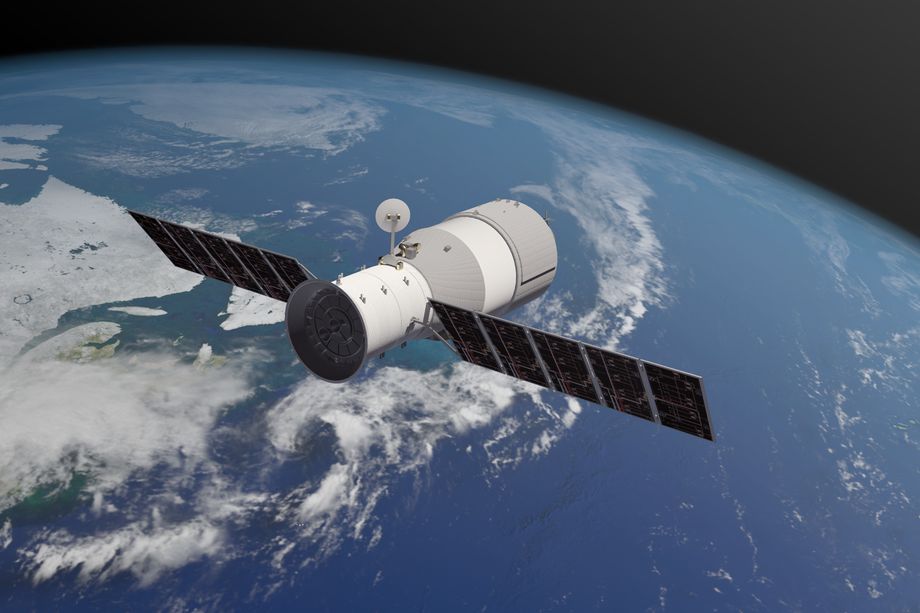Bad [Fri]day*
[Why] [/] [where] will it hit? The Chinese are frantic
On [my] [/] [their] land, Pacific or Atlantic
Hydrazine
Worst we’ve seen
Can kill millions* [and] [will] mean[s] widespread panic
Alan Grace
30 March 2018
* poetic license? Now expected to land today (Monday NZ time 2 April).
[letters in brackets optional- which version do you like best?]
Update:
The name “Tiangong” may sound familiar as it was the space station Sandra Bullock attached to in the sci-fi film Gravity.
Chinese Tiangong-1 space station could crash into Europe on April 1 with ‘toxic’ chemical on board – but scientists don’t know where it’ll hit.
Hydrazine is a highly corrosive and toxic chemical compound used as a thruster propellant in spacecraft and it now could be set loose on Earth.
Daily prompt:
See:
http://www.satflare.com/track.asp?q=37820#TOP
https://www.space.com/32054-satellite-tracker.html
https://www.cnet.com/news/where-chinese-tiangong-1-space-station-could-crash-april-1/
https://www.theverge.com/2018/3/29/17175864/china-space-station-tiangong-1-space-debris-track-fall
https://www.thesun.co.uk/tech/5359251/china-space-station-crash-tiangong-when-where/
https://www.express.co.uk/news/science/902485/chinese-space-station-crash-tiangong-1-danger-toxic-material
https://www.livescience.com/62112-what-if-you-find-china-space-station-debris.html
http://www.satview.org/spacejunk.php
According to the US Environmental Protection Agency, short-term exposure to hydrazine leads to seizures, coma, pulmonary edema as well as itchy airways, eyes and nose. Long-term exposures have been linked to the development of cancer in humans.
The out-of-control spacecraft launched back in 2011, but has since lost connection with China’s space agency and is now falling out of orbit.
Experts currently predict that the space station will fall somewhere over Europe, and could even hit land.
“Re-entry will take place anywhere between 43ºN and 43ºS (e.g. Spain, France, Portugal, Greece, etc.),” said the the European Space Agency (ESA).
The ESA adds that it will never be able go give a “precise time/location prediction” for the crash, but says that areas outside of the above latitudes “can be excluded”.
After initially drawing up an impact timeline of a few weeks, scientists have managed to narrow that window down further.
April 1, plus or minus a day, is the new potential date of re-entry – with predictions made easier by the station continually dropping lower in its orbit.
Tiangong-1 space station crash window gets narrowed down
China’s first space station is about to return to Earth, and satellite watchers have begun to zero in on where and when will crash and burn.
The “Heavenly Palace” will fall from the heavens at around 3:30 a.m. Pacific Time on Sunday, April Fools’ Day, give or take about 16 hours.
Or it could be the evening before, plus or minus 14 hours.
Of course, by now you probably know the re-entry of the Chinese space station Tiangong-1 (Tiangong means heavenly palace in English) is no prank, despite all the uncertainty around the time and place of its crash landing. The 9-ton spacecraft is widely believed to be out of control and on a collision course with Earth’s atmosphere.

